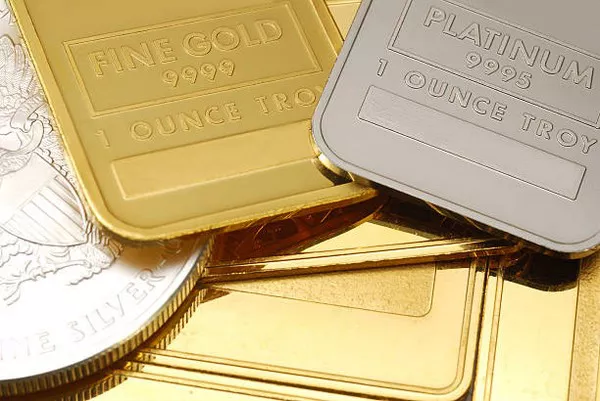Silver prices dipped to near $31.40 per troy ounce during the early European session on Tuesday. This decline is attributed to market caution ahead of the upcoming release of the Core Personal Consumption Expenditures (PCE) Price Index data on Friday, a key indicator for assessing future US monetary policy. The Core PCE is anticipated to increase by 0.3% month-over-month and 2.8% year-over-year in April.
Non-yielding assets like silver are under pressure due to the hawkish stance of the US Federal Reserve. The Fed is committed to maintaining higher interest rates for an extended period, with officials recently tempering expectations for rate cuts. They emphasized the need for more evidence to ensure that inflation will decline to the Fed’s 2% annual target.
Despite this, a weakening US Dollar (USD) might help silver attract buyers, as a lower dollar makes silver cheaper for investors and consumers using other currencies. This increased affordability can lead to higher demand for silver from overseas buyers, potentially driving up its price.
Additionally, heightened geopolitical tensions in the Middle East could provide support for silver as a safe-haven asset. According to Reuters, an Israeli strike in the Gazan city of Rafah caused a fire that killed 45 people, triggering international outcry and escalating geopolitical risks. Such uncertainties often lead investors to seek safe-haven assets like silver, which can further bolster its price.


